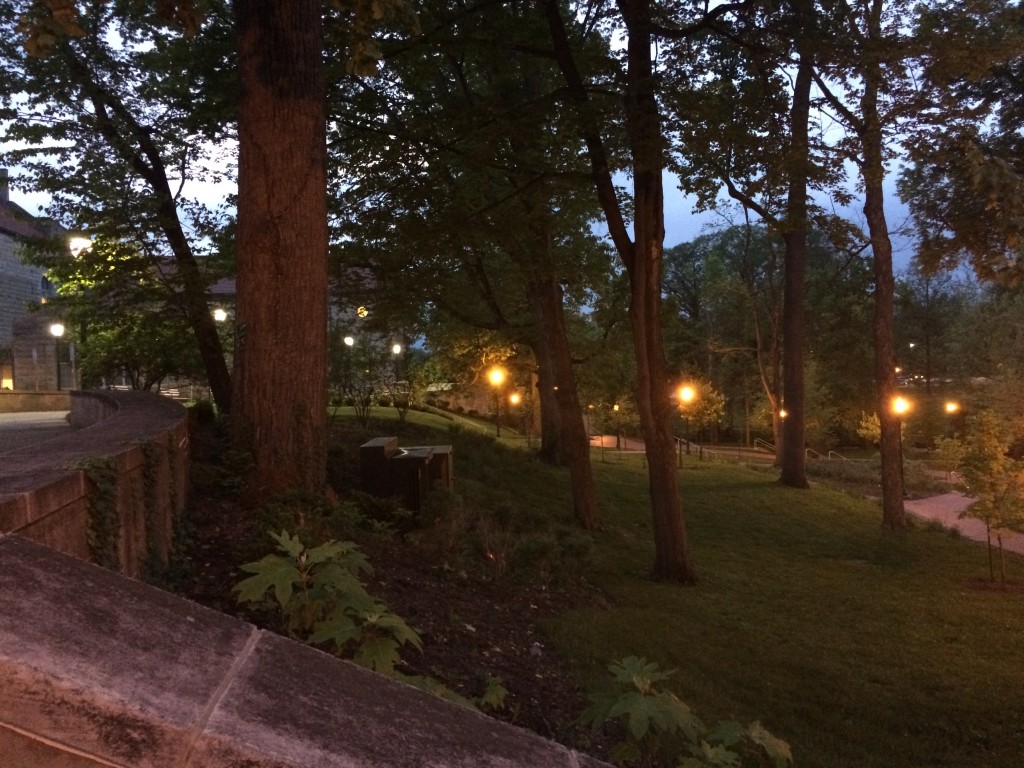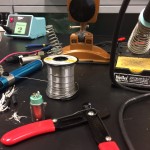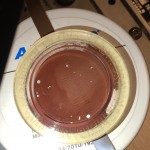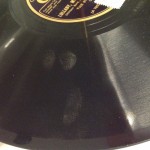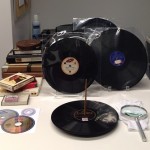For a few days in May, as spring was just beginning to show its colours in Montreal, I had the pleasure and honour of attending the 50th Association of Recorded Sound Collections’ (ARSC) Conference as well as the pre-conference workshops held from May 10th to the 14th at Indiana University in Bloomington, Indiana.
As reflected in this year’s theme, Recorded Sound in the Twenty-First Century: Preserving, Collecting, Collaborating, Connecting, the conference and workshops brought together industry professionals, librarians, archivists, record collectors and audio enthusiasts to share their knowledge and expertise on a variety of subjects from preservation, restoration, copyright, as well as media and cultural research on a range of musical genres.
The pre-conference workshops served as a primer for the topics which were to be addressed during the week’s conference sessions. Over the course of two busy days, we were invited to participate in a variety of workshops which enabled us to get hands-on experience, as well as an overview of theoretical considerations regarding many aspects of media preservation including phonograph disk playback and digitization, phonograph disc equipment setup and alignment, managing media digitization workflows, open-reel tape machine setup and alignment, open-reel tape playback and digitization, as well as video formats, file types and best practices. These workshops were provided by staff members from MDPI (Media Digitization and Preservation Initiative) at Indiana University and Memnon (a division of Sony, working in partnership with MDPI).
- Soldering XLR cables
- Reel-to-reel deck with RTW oscilloscope
- Magnetic viewer for reel-to-reel tape
The three-day ARSC conference covered a wide range of topics from historical perspectives on sound recordings to metadata, digitization, emerging technologies, archival practices (from small to large archives, crowd-sourced to institution-based), restoration, preservation and accessibility. A number of the presenters hailed from academic and governmental institutions including the Library of Congress, Indiana University, University of Louisville, Library and Archives Canada, and Rutgers University, as well as a few private firms dealing with media restoration and preservation such as Richard L. Hess Audio Tape Restoration, George Blood Audio, and Meyer Media.
Other highlights from the week included tours of The William and Gayle Cook Music Library at Indiana University, the Archives of Traditional Music (including the Hoagy Carmichael Room), and the MDPI and Memnon facilities.
This year marked the 50th anniversary of ARSC, and, in conjunction with this, a new collective of Women in Recorded Sound was created to unite women working and sharing an interest in recorded sound, whether as archivists, librarians, collectors or general enthusiasts. T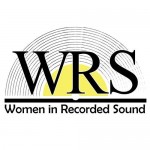 he kickoff meeting was held at Nick’s English Hut in Bloomington on Friday, May 13th, and was attended by close to 50 members! This welcome initiative was launched by Maya Lerman, Archivist at American Folklife Center, Library of Congress and Sandy Rodriguez, Digital Special Collections Coordinator, University of Missouri-Kansas City. More information about the Women in Recorded Sound collective is available on the official Twitter page and Facebook group.
he kickoff meeting was held at Nick’s English Hut in Bloomington on Friday, May 13th, and was attended by close to 50 members! This welcome initiative was launched by Maya Lerman, Archivist at American Folklife Center, Library of Congress and Sandy Rodriguez, Digital Special Collections Coordinator, University of Missouri-Kansas City. More information about the Women in Recorded Sound collective is available on the official Twitter page and Facebook group.
A number of social activities were planned during the week, including An Evening at the IU Cinema, also held on Friday the 13th, which was hosted by Rachael Stoeltje (Indiana University) and Matt Barton (Library of Congress). Over the course of the evening, we were treated to a carefully curated selection of films from the IU and LOC vaults. The evening began with Edison “Kinetophone” films from circa 1913. According to Matt Barton, Recorded Sound Curator at the Library of Congress, the Kinetophone films and oversized Edison Blue Amberol cylinders (on which the soundtracks were recorded) were digitized and synchronised before being output to ProRes video for the screening. This impressive restoration was made possible by George Willieman (nitrate film curator at Library of Congress) in collaboration with Gerry Fabris at the Edison site. The evening came to a close (quite appropriately given the date) with a screening of Michael Jackson’s “Thriller” on pristine Technicolor 35mm film!
In all, the week was rich in both content and presenters and was made even more memorable by the generosity of spirit of ARSC’s members. Not only were they willing to openly share their knowledge and insight, but they were also eager to engage ARSC newbies such as this archivist in conversation and give us a very warm welcome. And for that, I am truly grateful.

